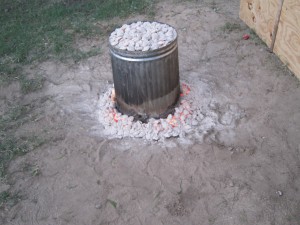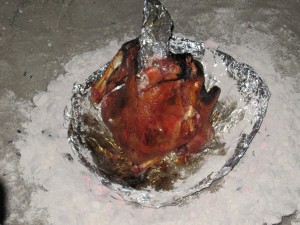Informant C is 20 year old and studies Journalism. She is half Turkish and speaks Turkish as well. Her mom is Turkish and is from the Eastern Turkey area, about 200 miles west of Syria. Her entire family is scattered over Turkey and have resided in Turkey for many generations. Many of them are involved in agriculture.
So every region of Turkey kind of has its own folklore and I like the Black Sea’s folklore and there’s a region called Trabzon in it. Its kind of seen as the more wild and I don’t want to say less domesticated, but there’s just not as many people living up there. We have some relatives that live near Trabzon and there’s this really famous town named Çarşıbaşı. And when someone gets married to test to see if the marriage is a good idea, they come to the house and you know how like in some places you have to carry the bride over the threshold, there’s this vine that you break into 3 pieces and you plant them into the ground. And if they sprout that means the marriage is going to be successful and if they don’t you’re kind of doomed. People in Turkey are very into agricultural rituals, folklore, and even mysticism.
Analysis:
Here informant C tells about an agricultural ritual that predicts if a couple will have a successful marriage. Marriages are very important and the entire community always wants them to be successful and will often perform rituals to see if this will be so. Because the area is so agricultural it follows that their marriage ritual would also be agricultural. Rituals are also often performed at liminal moments, such as when a couple gets married. Growing of the vine may symbolize growing of a marriage and with it, prosperity. In this ritual like many others, we see an emphasis on the number 3.




